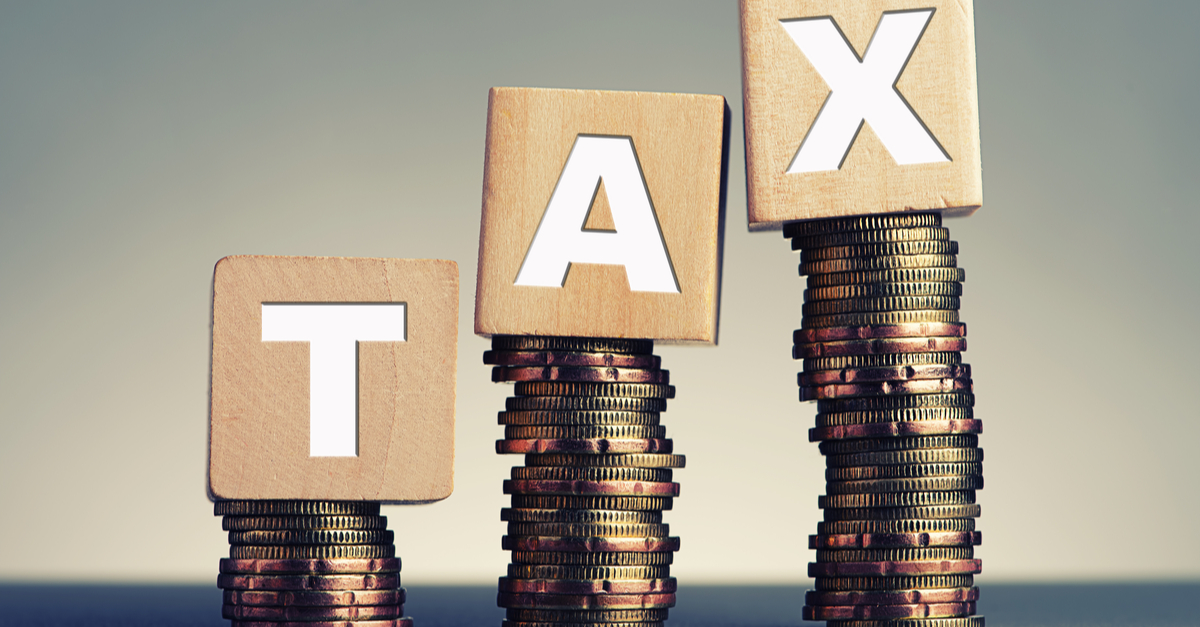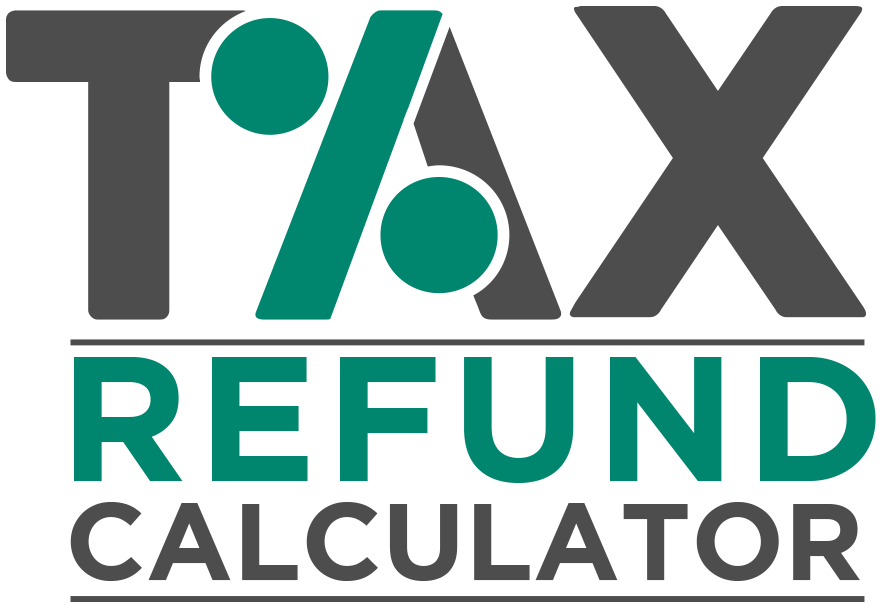
The Ultimate Guide to Business Tax For Tradespeople
The Ultimate Guide to Business Tax For Tradespeople
Tax can seem like a massive drag. Let’s face it, nobody enjoys paying money to HMRC. Here is our guide to make Tax as understandable as possible, leaving you time to run your business.
In this article we’ll take a look at:
- Income Tax
- PAYE
- National Insurance
- Corporation Tax
- VAT
- Business Rates
Income Tax
What is Income Tax?
This is a tax you pay on all of your income. Income includes :
- Earnings from employment;
- Self-employed profits,
- Certain state benefits; pensions;
- Rental income,
- Bonuses;
- Interest on savings over your savings allowance.
- National insurance is also deduced from employment income (salary and wages).
Who Pays Income Tax?
Employees, company directors, salaried partners, and sole traders pay income tax. Company directors pay it on any salary taken from the business and dividends received. Sole traders pay income tax based on the profits of your business.
Income tax once your profit goes above your personal tax allowance which is £12,57o for 2021-2022. There’s personal income tax relief available and a self-employed income ‘trading allowance’.
How Do I Pay It?
For employees and directors on a salary, income tax is usually collected via PAYE (Pay As You Earn) and paid directly to HMRC via payroll. PAYE is paid each month via payroll on the 22nd of the month.
If you are self-employed you’ll pay through Self-Assessment by filling in a tax return every year. You must register with the HMRC as Self-Employed as soon as possible or you could receive a hefty fine from HMRC as well as interest. Self-Assessment tax returns are filled on the previous year running from 6 April to 5 April. You must submit your tax return and pay any tax by 31 January.
REMEMBER: Many business expenses are tax deductible so be sure to stay up to date with the expenses you can claim for at Self-Assessment. Tax Refund Calculator can help you apply for an HMRC Tax Refund if you have overpaid at any time over the past four years.
PAYE
What Is PAYE?
PAYE or ‘pay as you earn’ is HMRC’s system of paying Income Tax and National Insurance from employment. Your PAYE statement can include
- Employee Income Tax deductions;
- Class 1 and 1B National Insurance (you pay your Class 1A National Insurance bill separately);
- Student loan repayments;
- Construction Industry Scheme (CIS) deductions
- Apprenticeship Levy payments.
Who Pays It?
Employers pay this on behalf of employees and companies pay this on behalf of directors. Employers normally have to operate PAYE as part of their payroll and must keep payroll records.
PAYE deductions including income tax and national insurance must be deducted from the gross wages of your staff and paid to HMRC on their behalf. This is a monthly payment that’s deducted from employee’s gross salaries, meaning that there’s no cost to business’.
Employer’s national insurance is also charged on the gross salary, this is not deducted from salaries and so it is an additional tax cost to your business.
To Pay this:
- You can use payroll software to calculate how much tax and National Insurance you owe, including an employer’s National Insurance contribution.
- Send a Full Payment Submission to inform HMRC of payments to your employees and what deductions you have made.
- Claim any reductions on what you owe HMRC.
- Pay each month.
You must pay your bill by:
- The 22nd of the next tax month if you pay monthly
- The 22nd after the end of the next quarter if you pay quarterly (e.g 22 July for the 6 April to 5 July quarter)
Apply for a CIS tax refund HERE. By applying for your CIS tax refund you can claim back what you spent on equipment, clothing, meals, and travel. Plus you get back your tax-free Personal Allowance.
National Insurance
What Is National Insurance?
National Insurance is a tax on earnings and self-employed profits. National Insurance contributions are paid into a fund from which certain state benefits are paid which includes state pensions, statutory sick pay, maternity leave, or entitlement to additional unemployment benefits.
Who Pays It?
Everyone over 16 earning above the threshold which is currently £166 a week or a profit of £6,365 or more a year if self-employed. There are different classes of contributions dependent on employment status and how much you earn.
If you’re employed, National Insurance is automatically deducted from your monthly pay. If you’re self-employed, you’ll need to pay these contributions yourself, usually through your self-assessment tax return.
- Limited company directors will make NIC Class 1 payments directly to HMRC through their own PAYE payroll.
- Sole traders making Class 2 and Class 4 NICs will usually do this through Self-Assessment.
- You pay employees NIC Class 1 payments through your PAYE system.
Corporation Tax
What Is Corporation Tax?
Corporate tax is a tax that all UK limited companies pay on their profits.The corporation tax rate has been 19% for all limited companies since April 2016. Before this, the rate varied depending on profits.
Companies don’t receive any kind of tax-free allowance, and therefore all profits are taxable. However, there are a number of expenses and deductions that can be claimed to reduce your bill. Here at Tax Refund Calculator, we help thousands of people each year apply for an HMRC Tax Refund on overpaid at any time over the past four years.
How Do I Pay?
You don’t get a bill for Corporation Tax; there are specific things you must do:
- Limited Companies must register for Corporation Tax.
- Prepare a Company Tax Return.
- Pay Corporation Tax or report that you have nothing to pay by the deadline which is usually 9 months and 1 day after the end of your ‘accounting period’.
- File your Company Tax Return by the deadline which is usually 12 months after the end of your accounting period.
You won’t get a bill for corporation tax so you must remember to work out and pay it.
REMEMBER: you can deduct the costs of running your business from your profits and pay tax on the reminder so include all of your expenses.
Value Added Tax (VAT)
What is VAT?
VAT or Value Added Tax and is a tax placed on almost all goods and services sold. The Principle behind VAT is that consumers pay a tax on the products they buy based on the value of the product. VAT rates are percentage based (currently 20%) which means the greater the price, the more the consumer pays.
Who pays VAT?
All business, (limited companies and sole traders) with an annual turnover (sales) of £85,000 or more.
Once your business hits the threshold, you must start charging your customers VAT which means adding 20% on to your sales invoices. VAT is charged to customers as a separate amount on an invoice and then paid to HMRC.
How do I pay?
- All payments must be made electronically.
- You must make sure your payment reaches HMRC on time, to avoid a surcharge, so use gov.uk’s calculator to work out your timeline.
- When you’re ready to pay, use the VAT payment page to get started.
Deadlines
VAT returns and payments are paid on a quarterly basis or your ‘accounting period.’ Generally, the deadline for submitting your return is the same – one calendar month and seven days after the end of an accounting period. Your deadline will be shown on your VAT return. You’ll find your VAT return in your VAT online account.
REMEMBER: You can reclaim any VAT you have paid on business-related purchases and expenses.
Business Rates
What Are Business Rates?
You usually pay business rates if you use a building or part of a building for business purposes. If you run your business from home and don’t have visiting customers or have not converted part of your home for the dedicated business activity, then you won’t usually have to pay business rates.
How Do I Pay?
You will receive a bill from your local council in February or March each year. This will be for the upcoming tax year. The deadline will depend on your individual council and will show on your bill.
Finally
Remember to keep business and personal expenses separate and keep receipts and records for everything. Stay organised; if you remember to claim for everything you’ve paid tax on you’ll save yourself some money when it comes to paying your tax bill.
Tax Refund Calculator can help you claim back what is rightfully yours. By calculating whether you have overpaid tax due to unused uniform allowance or marriage tax allowance, you might be in for a nice surprise in the form of a payment from HMRC. Apply for a tax refund today.

